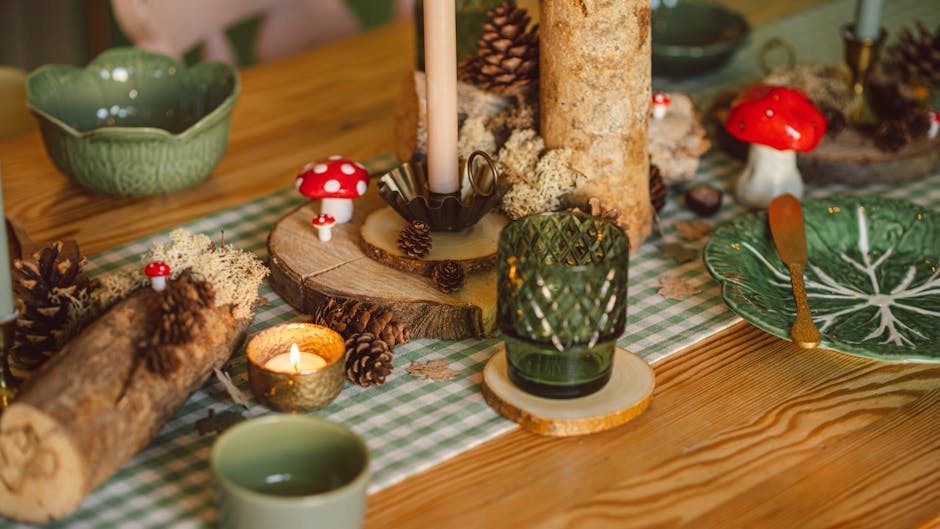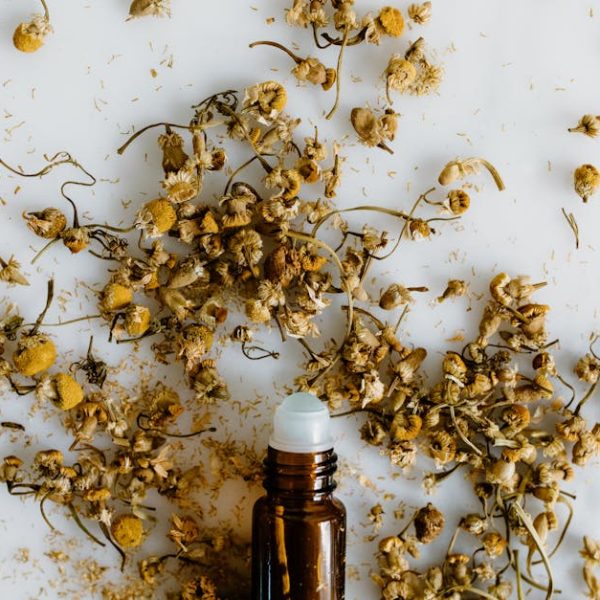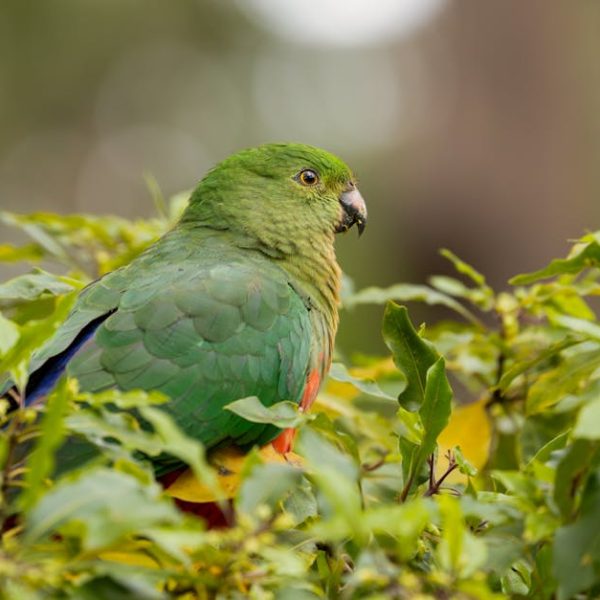From the innocent button found in most supermarkets to the mystical fly agaric of fairy tales and Christmas cards, mushrooms stretch far and wide across our landscapes and imagination. However, the realm of fungi is even more extensive and astonishing than you might think. In this article, we delve into seventeen plus extraordinary mushrooms that you ought to know about, deepening your understanding of these remarkable organisms and highlighting their diverse uses.
The Magic of Lion’s Mane
Named aptly for its cascade of white, shaggy tendrils, the Lion’s Mane mushroom could easily be mistaken for a sea creature. Yet, this fascinating fungus doesn’t dwell in the ocean depths; instead, you’ll find it clinging to fallen hardwoods in North America and parts of Asia. However, the real magic of Lion’s Mane lies in its medicinal benefits. Studies suggest that this mushroom could boost cognitive function, healing nerve damage, and potentially fend off dementia.
Pro Tips: Sauté or steam – that’s how to best enjoy Lion’s Mane culinary delights. And, when you’re out foraging, remember that genuine Lion’s Mane has long, thick spines that reach at least one cm in length.
Unveiling the Riddle of Morchella or Morel
Like something straight out of a Lewis Carroll novel, the Morel mushroom, with its honeycombed cap, is one of the most sought-after fungi. Its taste, distinct and meaty, complements a variety of dishes, making it a prized find among culinary enthusiasts. However, the Morel’s short growth period and difficulty to cultivate makes it not only hard to find but also pretty costly.
Best Practices: Look for Morels in sandy soil after rainfall in the spring season. Remember to treat them with care; raw Morels contain a compound toxic to humans, but this is broken down through cooking.
Highlighting the Elegance of Chanterelles
Resembling little golden trumpets, Chanterelles brighten forests and plates alike. Their fruity, somewhat peppery flavor lends itself to a host of culinary creations across the globe. But beware of look-alikes!
Checklist: Genuine Chanterelles grow in damp, mossy areas, but never on decaying wood. Authentic Chanterelles have blunt, forked gills, and absolutely no rings surrounding their stems.
Relevance of Reishi – The Mushroom of Immortality
The Reishi mushroom, revered in many Asian cultures, is as ancient as it is beneficial. It has been used for thousands of years for its potential to enhance immunity, reduce stress, and even prolong life.
Comparison: Whereas Reishi tea promotes general wellbeing, supplements tend to focus on specific health benefits. As for how Reishi compares to other medicinal mushrooms, it’s less about difference and more about diversity – each kind offers its unique blend of health boosts.
That’s part one of our extraordinary mushroom revelation; keep reading to discover more remarkable fungi and their manifold uses. Continue unveiling the intriguing Psilocybin mushrooms, learn about the alluring lure of bioluminescent fungi, or mesmerizing bioluminescent species. Also, we’ll be covering several more underappreciated and extraordinary mushrooms in the upcoming sections.
All about the Intriguing Psilocybin Mushrooms
You probably know them as…magic mushrooms. Psilocybin mushrooms are indeed magical, but not in the way you might think. These fungi are rich in psilocybin, a compound that causes hallucinations when consumed. However, Psilocybin mushrooms are not mere recreational drugs. They are currently being studied for their potential therapeutic benefits, including alleviating mental health conditions like depression, anxiety, and PTSD. But, like any substance, they carry their risks – misuse can lead to severe physical and psychological harm.
‘Pros and cons:
- Pros: Could help treat a variety of mental health conditions.
- Cons: High risk of abuse and potential for harmful physical and psychological effects.
If considering its use, it is crucial to do so responsibly, under the guidance of a healthcare professional, and ideally as part of a formally administered therapeutic program.
Discover the Lure of the Luminous Bioluminescent Fungi
Did you know that mushrooms could glow in the dark? Certain types of fungi, like the enchanting Foxfire, are bioluminescent. This glow is not just for show – it plays a crucial role in attracting insects, which help the mushroom spread its spores. You’ll mostly find these fascinating fungi in Asia and North and South America, illuminating the forest floor with their ethereal glow.
Fun Facts:
- According to a popular legend, early settlers in North America used the glow from these mushrooms to navigate through the dark forest!
- But mushrooms are not the only glowing organisms on our planet – there are also bioluminescent planktons, jellyfish, and several species of insects and fish.
From Lion’s Mane to luminous Foxfire, mushrooms are as diverse as they are fascinating. So next time you’re out on a nature walk, keep your eyes peeled. Who knows? You might just spot one of these extraordinary fungi! But remember, while some mushrooms are a delight to the senses, others can be highly toxic—even deadly. Always exercise caution when around these uncanny organisms, and never consume a mushroom unless you are absolutely certain of its identity and safety!
In the next part, we will be uncovering the world of Cordyceps, the intriguing forms of ink cap mushrooms, the peculiarities of puffballs, and more. So, stick around! The mysterious and mesmerizing universe of mushrooms is just beginning to reveal itself to us!
Key Takeaway:
- Lion’s Mane mushrooms hold potential medicinal benefits, including potential cognitive function enhancement and nerve damage treatment.
- Morchella or Morel mushrooms are highly coveted due to their unique taste and rarity, attributed to their short growth period and cultivation difficulty.
- Chanterelles are popular in various cuisines owing to their distinct flavor, but they may have toxic look-alikes.
- Reishi mushrooms, historically significant in Asian medicinal practices, are known for improving immunity and reducing stress.
- Psilocybin Mushrooms, while known for their hallucinogenic properties, are studied for potential therapeutic benefits in mental health.
- Bioluminescent fungi like Foxfire have a fascinating glow that plays a crucial role in their life cycle, attracting insects that help spread spores.
The world of mushrooms is diverse, intriguing, and filled with potential. However, remember, while their benefits are numerous, it’s important to be fully informed about their appropriate use and potential risks, especially for those that may be hazardous. Our exploration into the world of extraordinary mushrooms aims to educate, inspire, and unveil new insights about these unique organisms.
FAQs
Q: Why do Morel mushrooms cost so much?
A: Morel mushrooms have a short growth period and prove difficult to cultivate, which contributes to their exorbitant cost.
Q: What makes Chanterelles different from other mushrooms?
A: Chanterelles are unique for their fruity, peppery flavor and their golden color. They’re often used in a variety of culinary dishes across the globe.
Q: Are Psilocybin mushrooms only used for their hallucinogenic properties?
A: While Psilocybin mushrooms do have hallucinogenic properties, they are also being studied for their potential therapeutic benefits in treating mental health conditions.
Q: Why do some mushrooms glow in the dark?
A: Bioluminescent fungi like Foxfire glow in the dark as a mechanism to attract insects, which play a crucial role in the mushroom’s reproduction process to spread its spores.
Q: How can Reishi mushrooms be consumed for health benefits?
A: Reishi mushrooms can be consumed as a tea for general wellbeing, but specific health benefits are often concentrated in Reishi supplements.
Explore more fascinating topics on our website and feel free to share our articles to spread the knowledge!






